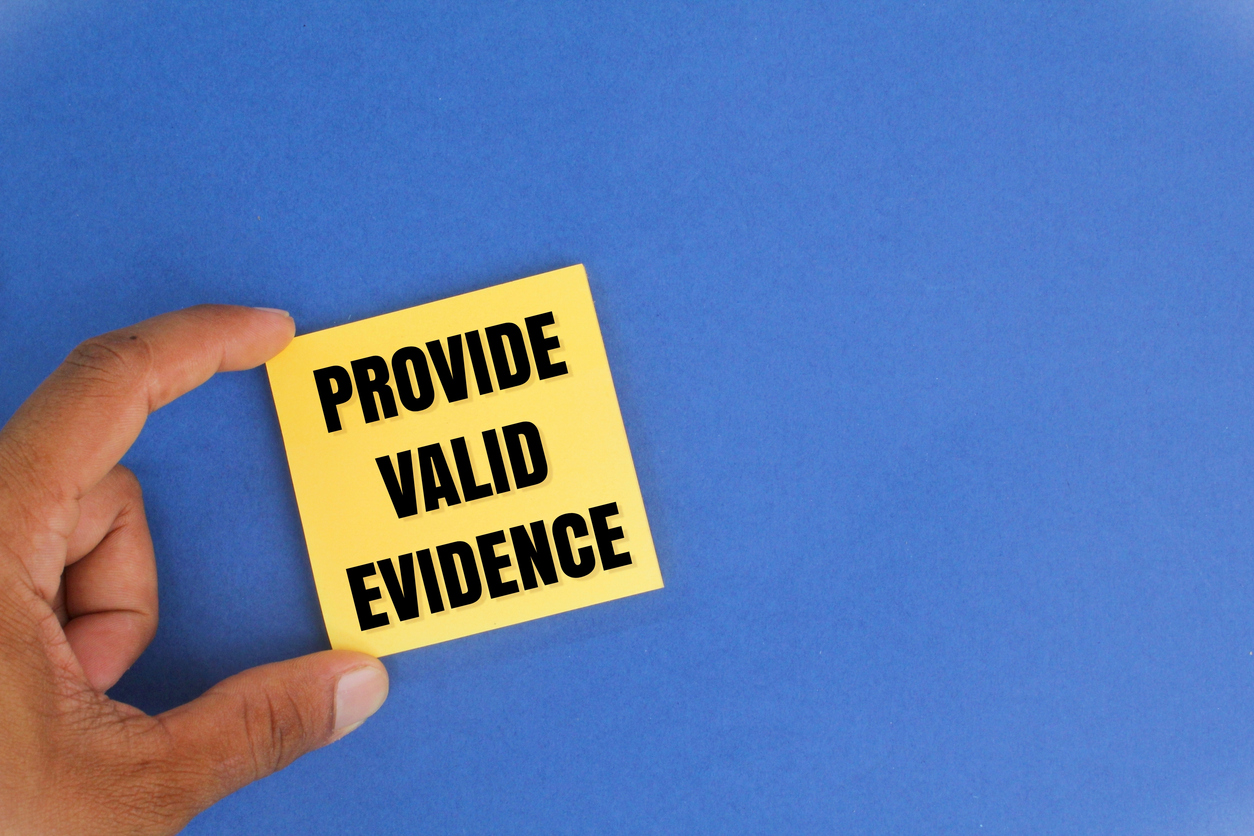Most insurance policies are voluminous, trying to encompass everything from what is covered to what is not. They included with some profound confusion between covered and uncovered situations.
So, what happens when you suffer what you believe to be is a covered loss and the insurance company denies the claim? Adjusters cite to your policy language to exclude your claim and the confusion continues. However, most policy language is up to different interpretation.
One example is with direct versus indirect damage. Superstorm Sandy is closing in on its eight-year anniversary and some cases still remain. In 7001 East 71st Street LLC v. Continental Casualty Company,1 a court recently dealt with ambiguous policy language and exclusions.
There is no doubt that Superstorm Sandy battered the east coast in October of 2012. A shopping center suffered extensive damage to its roof from the windstorm, which allowed rain water to enter through the holes in the roof and caused significant internal damage to equipment stored. Continental denied the claim citing its windstorm exclusion. The District Court held that Continental’s windstorm exclusion barred the shopping center from making a claim, saying that the rain water would not have seeped into the building if the roof had not been damaged by Sandy’s winds.
The Second Circuit reversed the district court. The Second Circuit held that the windstorm exclusion created an ambiguity between direct and indirect wind damage. The Second Circuit said the wording of the exclusion, barring coverage for losses “caused directly or indirectly by a ‘breakdown’ that is caused by windstorm,” creates an ambiguity, since the policy defines “breakdown” as a direct loss to covered equipment.
This language can be reasonably read to mean that the broad exclusion applies only when a windstorm directly caused damage to covered equipment, and not when a windstorm indirectly damages covered equipment.
Here, an ambiguity in the policy language is created when trying to determine whether equipment damaged indirectly as a result of a windstorm can be considered a covered loss. An ambiguity was created by the policy provisions defining the loss to covered equipment and the associated indirect damages.
Most policyholders are usually confused as to why their insurance carrier is denying coverage. The insurance company will use the policy language and exclusions to delay and deny a claim. However, policy language is not absolute and sometimes judges get it wrong. If there is a reasonable way to read policy interpretation in two ways and one affords coverage, the policyholder always has a chance to prevail.
__________________________
1 7001 East 71st Street LLC v. Continental Casualty Co., No. 17-3327, Summary Order (2d Cir. June 26, 2018).



